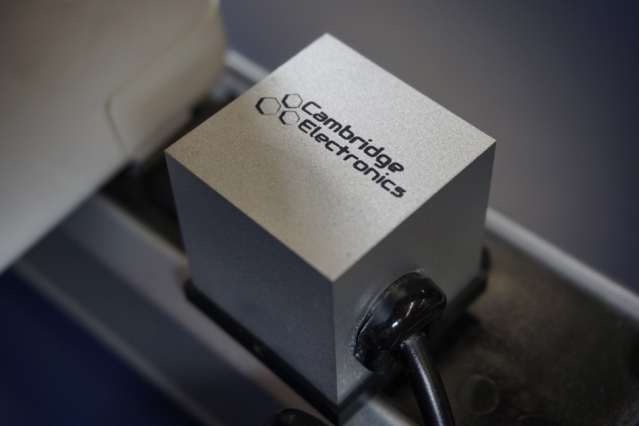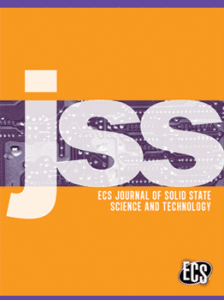The future of technology
The iconic Moore’s law has guided Silicon Valley and the technology industry at large for over 50 years. Moore’s prediction that the number of transistors on a chip would double every two years (which he first articulated at an ECS meeting in 1964) bolstered businesses and the economy, as well as took society away from the giant mainframes of the 1960s to today’s era of portable electronics.
But research has begun to plateau and keeping up with the pace of Moore’s law has proven to be extremely difficult. Now, many tech-based industries find themselves in a vulnerable position, wondering how far we can push technology.
Better materials, better chips
In an effort to continue Moore’s law and produce the next generation of electronic devices, researchers have begun looking to new materials and potentially even new designs to create smaller, cheaper, and faster chips.
“People keep saying of other semiconductors, ‘This will be the material for the next generation of devices,’” says Fan Ren, professor at the University of Florida and technical editor of the ECS Journal of Solid State Science and Technology. “However, it hasn’t really changed. Silicon is still dominating.”
Silicon has facilitated the growth predicted by Moore’s law for the past decades, but it is now becoming much more difficult to continue that path.
(more…)
 The Electrochemical Society (ECS) proudly announces the appointment of Dr. Fan Ren as the next Editor-in-Chief of the ECS Journal of Solid State Science and Technology (JSS), with his term beginning on January 1, 2026.
The Electrochemical Society (ECS) proudly announces the appointment of Dr. Fan Ren as the next Editor-in-Chief of the ECS Journal of Solid State Science and Technology (JSS), with his term beginning on January 1, 2026.




